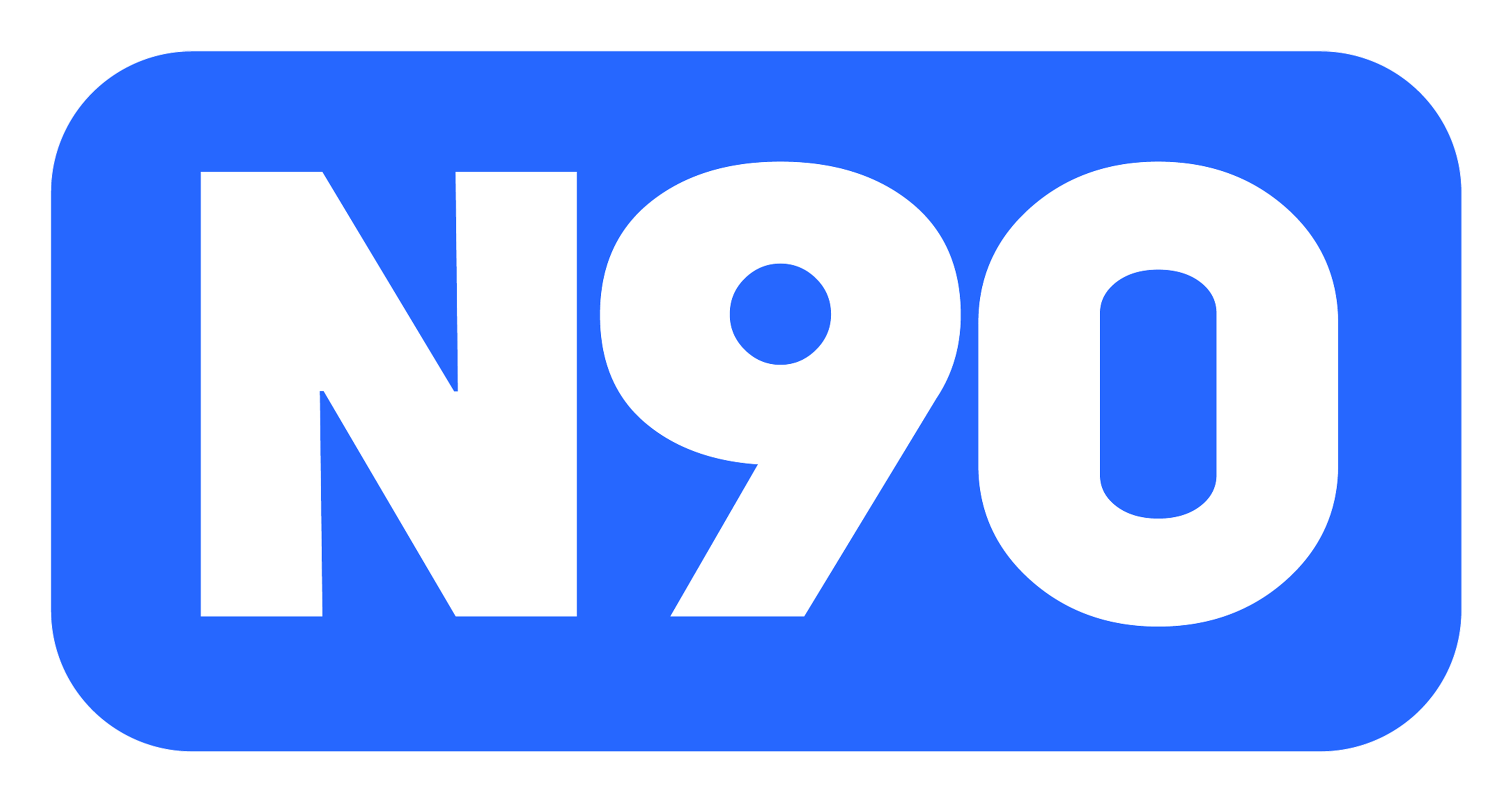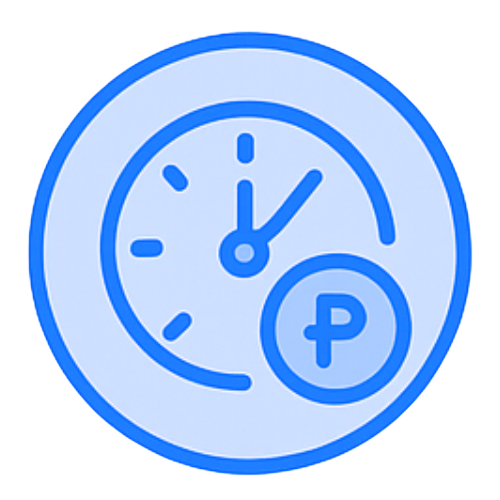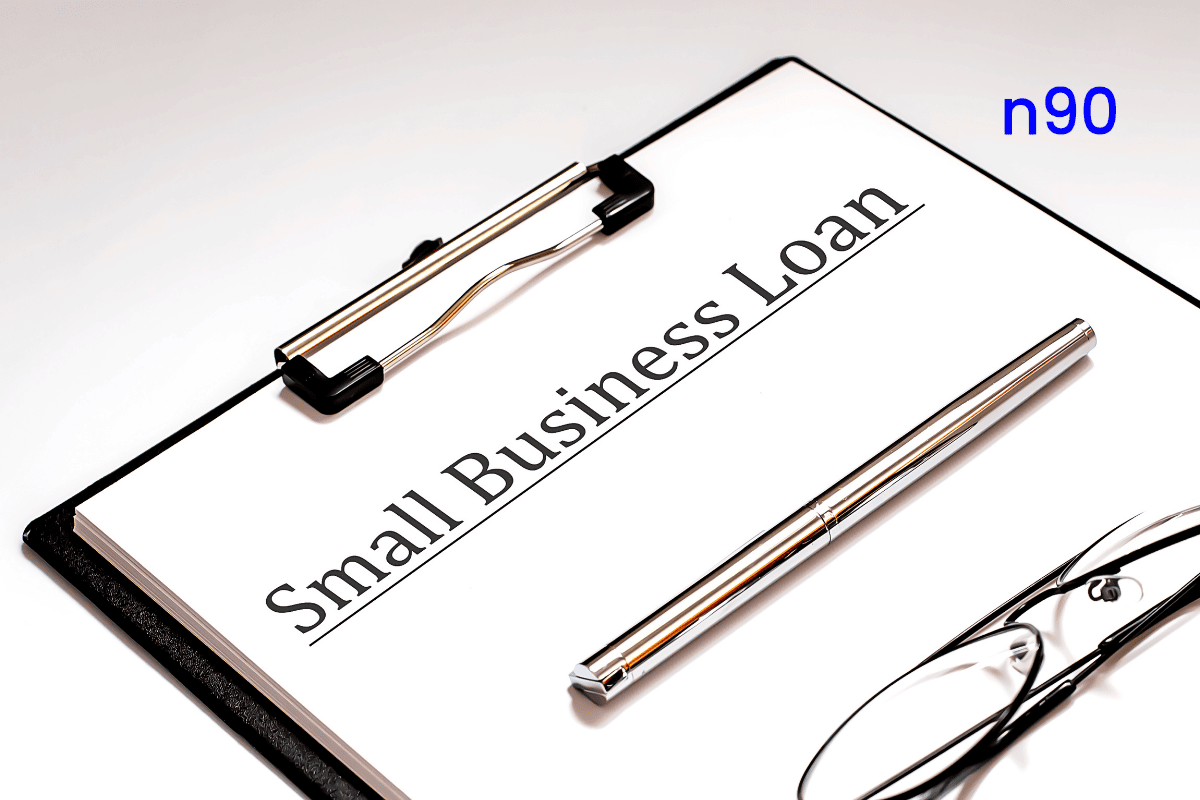Are you in need of some cash but are worried about unsecured loans? Collateral loans might be the answer! These loans use your valuable assets, like a car or property, as security for the lender. While they can offer lower interest rates and higher borrowing amounts, there's also a risk involved.
In this guide, we will explore the different types of collateral loans, shed some light on their pros and cons, and help you decide if utilizing collateral loans in the Philippines is the right financial move for you.
What are Collateral Loans?
Collateral loans are a type of secured loan where you, the borrower, pledge a valuable asset as security for the money you borrow. This asset, called collateral, acts as a guarantee for the lender. If you fail to repay the loan according to the agreed terms, the lender has the right to seize and sell your collateral to recoup their losses.
Think of it like this: you're using your asset as a deposit to secure a loan. If you repay the loan faithfully, you get your asset back. But if you default, the lender can take possession of the asset to recover their funds.
Secured Vs. Unsecured Loans: What’s The Difference Between The Two?

What's the difference between secured and unsecured loans? It all boils down to collateral. Secured loans use your assets, like a car or house, as a guarantee, typically offering lower interest rates and higher borrowing limits.
Unsecured loans, on the other hand, require no collateral but come with higher interest rates and lower limits. Hence, choosing the right option depends on your needs and risk tolerance.
Here's a breakdown of some of their key distinctions:
1. Secured Loans
- Secured loans require you to pledge an asset, like a car or house, as collateral. This asset serves as security for the lender.
- Secured loans typically have lower interest rates than unsecured loans due to the lender's reduced risk.
- Lenders are often more comfortable offering larger loans when they have collateral to fall back on.
- If you default on the loan, the lender has the right to seize and sell your collateral to recover their money.
2. Unsecured Loans
- Unsecured loans don't require any asset as security. The lender approves the loan based on your creditworthiness and ability to repay.
- Since there's no collateral to secure the loan, lenders typically charge higher interest rates, around 14.12% per year, to compensate for the increased risk.
- Lenders might be more cautious with unsecured loans so that the maximum borrowing amount may be lower compared to secured loans.
- There's no collateral to lose with unsecured loans. However, defaulting can damage your credit score and make it harder to obtain future loans.
Types of Collateral Loans
Collateral loans involve various types of financing where borrowers pledge assets as security against the loan amount. These assets, which can range from real estate and vehicles to valuable personal items and financial investments, serve as a guarantee for lenders in case of default.
Collateral loans usually include mortgages, auto loans, pawn loans, and secured personal loans, each offering different terms and conditions based on the type and value of the pledged collateral.
These types of loans come in various flavors, each with its very own characteristics. Here are a few types of commonly utilized collateral loans in the Philippines -
1. Auto Loans
These are popular secured loans where your car serves as collateral. You borrow money to purchase a vehicle, and the lender holds it until the loan is repaid in full.
Auto loans typically offer lower interest rates than unsecured loans. A 12-month Auto loan usually has an interest rate of 6.77% per year.
2. Mortgage Loans
The cornerstone of homeownership, mortgages are secured loans where the house you're buying acts as collateral. If you default on the loan, the lender can foreclose on the property.
Mortgage loans tend to have longer repayment terms than other collateral loans. On average, mortgage loans have a repayment timespan of up to 35 years.
3. Home Equity Loans/Lines of Credit (HELOCs)
These loans leverage the equity you've built up in your existing home. Equity refers to the difference between your home's market value and what you still owe on your mortgage.
HELOCs function like credit cards, allowing you to borrow against your equity as needed. Both home equity loans and HELOCs use your home as collateral, and defaulting can lead to foreclosure.
4. Title Loans
These are short-term, high-interest loans that use your car title as collateral. The lender holds onto your car title while you repay the loan.
Title loans are known for their quick approval processes but come with significantly higher interest rates, around 25% of the total loan amount per month, compared to traditional car loans, which hover at around 6.73% for new vehicles and 11.91% for used vehicles. Due to the high cost of borrowing, they should be a last resort.
5. Margin Loans
These are a specific type of loan for investors. You can borrow money from a broker to invest in stocks, bonds, or other securities, using your investment portfolio as collateral.
Margin loans can magnify your returns if your investments perform well, but they also magnify potential losses.
If the value of your investments falls below a certain point, you might be required to add more cash to your account or sell some of your holdings to meet the requirement.
Also Read: Types of Business Loans in the Philippines
Pros and Cons of Collateral Loans
Collateral loans can be a tempting option, offering lower interest rates and potentially larger borrowing amounts. But before you take the plunge, it's crucial to weigh their pros and cons.
In this section of the blog, we will explore both sides of the coin to help you decide whether a collateral loan is the right financial move for you or whether you would be better off taking the more traditional path.
Deciding if a collateral loan is right for you depends on certain factors, like your circumstances, risk tolerance, and financial goals. Carefully weigh the pros and cons, consider alternative options, and consult with a financial advisor if needed before making a decision.
Here's a breakdown of the pros and cons of collateral loans -
1. The Pros
- Lower Interest Rates: Secured by your valuable asset, collateral loans generally come with lower interest rates compared to unsecured loans. This can translate to significant savings on the total amount of interest you pay over the loan term.
- Higher Borrowing Amounts: Because the lender has collateral to fall back on, they might be more comfortable offering you a larger loan amount compared to an unsecured loan. This can be helpful for larger expenses like a house, a car, or consolidating debt.
- Improved Credit Score Potential: Making on-time payments on a collateral loan can positively impact your credit score, demonstrating your ability to manage credit responsibly.
2. The Cons
- Risk of Losing Your Asset: If you default on the loan and fail to make repayments, the lender has the right to seize and sell your collateral to recover their losses. This could mean losing your car, house, or other valuable asset.
- Restrictions on Using Your Asset: While you have possession of the collateral during the loan term, there might be restrictions on how you can use it. For example, with a car loan, the lender might require full coverage insurance on the vehicle.
- Potential for Higher Fees: Some collateral loans might come with additional fees, like origination fees or appraisals, which can increase the overall cost of borrowing.
So, we've covered what you should be wary of, but how do you actually go about getting a collateral loan in the Philippines? Let's dive into that next!
How to Get a Collateral Loan: A Step-by-Step Guide
Have you secured a collateral loan but are unsure of the next steps to take? This section of the article will walk you through the entire process. We'll cover everything from assessing your needs and gathering documents to comparing lenders, negotiating terms, and finally securing your loan.
By following these steps, you will be able to go through the entire loan application process smoothly and get the most out of your collateral loans.
Here's a detailed guide to walk you through the entire process:
Step 1: Assess Your Needs and Options
- Know your borrowing amount: Determine the exact amount you need to borrow. Don't overestimate your needs, as a larger loan will translate to higher interest payments and a longer repayment term.
- Identify your collateral: Choose the asset you're comfortable using as security. It should be valuable enough to cover the loan amount in case of default. Cars, houses, and investment portfolios are common collateral options.
- Research loan options: Explore different lenders, such as banks, credit unions, and online lenders. Consider factors like interest rates, loan terms, including repayment period, fees, such as origination and appraisal fees, and the lender's reputation.
Step 2: Gather Your Documents
- Proof of income: Paystubs, recent tax returns, or W-2 forms to verify your employment and income stability.
- Employment verification: A letter from your employer or recent paystubs.
- Bank statements: Recent bank statements, typically spanning 3-6 months, to show your financial standing and cash flow.
- Collateral ownership documentation: Title for vehicles, property deed for houses, or account statements for investment portfolios (depending on your chosen collateral).
- Credit report (optional): While not always mandatory, having a good credit score can improve your chances of getting a loan with favorable terms. You can usually obtain a free credit report from annualcreditreport.com.
Step 3: Shop Around and Apply
- Compare loan offers: Don't just accept the first offer you receive. Get quotes from at least 3-5 lenders to compare interest rates, terms, and fees. This can save you thousands of dollars over the loan term.
- Pre-qualification (optional): Some lenders offer pre-qualification, which gives you an estimated idea of the loan amount and interest rate you might qualify for without impacting your credit score.
- Formal application: Once you've chosen a lender, submit a formal application with all the required documents. This might involve an online application or visiting a branch in person.
Step 4: Negotiation and Finalization
- Review the loan offer: Carefully read through the loan offer document. Ensure the interest rate, loan amount, repayment term, and fees align with what you discussed with the lender.
- Negotiate terms (optional): Depending on your creditworthiness and loan demand, you might have some room to negotiate the interest rate or fees.
- Signing the loan agreement: Once you're satisfied with the terms, proceed with signing the loan agreement. This finalizes the loan and disburses the funds (usually deposited into your bank account or used to pay off an existing loan directly).
Don't let cash flow hold you back! N90 offers fast, tailored financing for SMEs in the Philippines. Get pre-approved in hours and take your business to the next level. Explore today!
Tips To Know When Applying For Collateral Loans -
- Be honest and transparent: Provide accurate information throughout the application process.
- Understand all fees: Ask about any origination fees, appraisal costs, or late payment penalties associated with the loan.
- Budget for repayments: Factor in the monthly loan repayments into your budget to ensure you can comfortably afford them.
- Maintain good credit: Making on-time payments on your collateral loan can improve your credit score, benefiting you in the future.
Collateral Loans Lending Process - Key Points To Remember
Are you considering collateral loans but are struggling to secure a loan with favorable terms? Collateral loans can be an attractive option, offering lower interest rates and potentially larger amounts, but navigating the lending process can be tricky.
Hence, in this section of the article, we will explore all the important tips for efficiently securing collateral loans and ensuring you get the best possible value for your deal.
Here's a list of some of the key points lenders should consider when lending collateral loans -
1. Credit History and Score
Credit history provides a record of a borrower's past borrowing and repayment behavior. A credit score is a numerical representation of creditworthiness, with higher scores indicating a lower risk of default.
Lenders look for a history of on-time payments, low credit utilization, and a manageable number of credit inquiries.
2. Income and Employment
Lenders analyze income sources such as salary, self-employment income, etc., and employment history to assess the borrower's ability to generate enough income to repay the loan.
Debt-to-income ratio (DTI) compares a borrower's monthly debt obligations, such as housing costs, existing loans, etc., to their gross monthly income. A lower DTI indicates a borrower has more disposable income to manage loan repayments.
3. Assets and Liabilities
Lenders assess borrowers' assets, such as savings, investments, properties, and liabilities, such as debts, to determine their net worth and gauge their ability to weather financial setbacks.
A borrower with significant assets might be viewed as a lower risk, even with a moderate income.
4. Loan Purpose and Collateral (if applicable)
The purpose of the loan can influence the evaluation. For example, a loan for education or home improvement might be viewed more favorably than a loan for consolidation of high-interest debt.
Collateral used to secure a loan, such as a car or a house, provides additional security for the lender in case of default. The value and type of collateral can impact the loan approval and terms.
5. Additional Considerations
- Banking history: A stable banking history with consistent deposits and responsible account management can be a positive factor when applying for a collateral loan.
- Co-signers: If a borrower has a weak credit history, a co-signer with strong creditworthiness can improve their chances of loan approval.
Navigating collateral loans can indeed seem daunting, but understanding where to apply is half the battle. So, where should you go for the best options?
Also Read: Financial Planning for Small Businesses: Navigating Debt and Cash Flow Management
Where To Apply To Get Collateral Loans
When it comes to securing a collateral loan, you have several different options to explore, each with its very own advantages and considerations.
Here's a brief insight into some of the common places where you can get collateral loans -
- Traditional Banks: A reliable and established route, banks offer a variety of collateral loan options, including auto loans, mortgages, and home equity loans. They might have stricter credit score requirements but can provide competitive interest rates.
- Credit Unions: Membership-based institutions, credit unions often provide competitive rates and more flexible terms on collateral loans compared to banks. Building a relationship with your local credit union can be beneficial.
- Online Lenders: The digital age has brought forth online lenders offering a quick and convenient application process for collateral loans. However, interest rates might be higher compared to traditional institutions.
- Pawn Shops: While not ideal, pawn shops can provide short-term, small collateral loans in exchange for your valuables, such as jewelry and electronics. However, be aware of the extremely high interest rates associated with pawn shop loans. This should be a last-resort option for you to consider.
Once you've sorted out where to apply, it's also crucial to consider what might happen if you run into issues repaying your loan. Let's explore some potential repayment issues and their consequences in the next section.
Collateral Loans Repayment Issues - Potential Reasons & Consequences
Secured your collateral loan but worried about making repayments? Life throws curveballs, and even with good intentions, repayment issues can arise.
So, to ensure that you are well-prepared in advance, this section of the article will explore some potential reasons borrowers might face difficulty repaying their collateral loans. It will help you identify potential risks and plan strategies to stay on track with your loan obligations.
Potential Reasons for Repayment Issues
Here are a few potential reasons borrowers might face difficulty in making repayments on time -
- Unexpected financial hardships: Job loss, medical emergencies, or sudden repairs can strain your budget and make loan repayments difficult.
- Poor budgeting: Underestimating expenses or not factoring in loan payments into your budget can lead to shortfalls and missed payments.
- Increased living costs: Rising inflation or unforeseen expenses like childcare costs can tighten your budget and make loan repayments a burden.
- Overborrowing: Taking on more debt than you can comfortably manage can lead to a domino effect, impacting your ability to repay all your loans, including collateral loans.
- Changes in interest rates: Adjustable-rate collateral loans can experience interest rate hikes without prior notice, which can increase your monthly repayment amount and potentially strain your budget.
Before we discuss the potential consequences of repayment issues when applying for collateral loans, it is essential to know the difference between default and delinquency. Understanding their potential consequences is vital before applying for collateral loans.
Default Vs. Delinquency - Key Differences
1. Default
This is the most serious scenario that can potentially occur. Default occurs when you miss loan payments for an extended period, typically 90 days or more. At this point, the lender considers you unlikely to repay the loan in full.
In this scenario, they, the lenders, have all the right to seize and sell your collateral, like your car, house, etc., to recover their losses. This can severely damage your credit score and make it difficult to obtain future loans.
2. Delinquency
This is a missed loan payment, but not for as long as a default. Delinquency typically occurs when you miss one or a few payments. While it can still negatively impact your credit score, it's less severe than default.
If you act quickly to catch up on missed payments and communicate with your lender, you might be able to avoid default and the harsher consequences that may come with it.
Potential Consequences of Repayment Issues
Now that we are aware of the key differences between default and delinquency let us take a look at the potential consequences of having repayment issues when applying for collateral loans.
- Loss of Collateral: The most common consequence. If you default, the lender can repossess your car, foreclose on your house, or sell your other pledged asset to recoup their money.
- Damaged Credit Score: Both default and delinquency will negatively impact your credit score, making it harder and more expensive to borrow money in the future. Lower credit scores often lead to higher interest rates on loans, credit cards, and even insurance.
- Deficiency Judgment: If the sale of your collateral doesn't cover the entire loan amount, you might be held liable for the remaining balance, usually called a deficiency judgment. This can lead to wage garnishment or even lawsuits.
- Negative Impact on Future Loan Applications: A history of delinquency or default will be reflected in your credit report for several years, making it difficult for you to qualify for favorable loan terms in the future.
State Specific Borrower’s Rights
In case of a default or delinquency, borrowers have certain state-specific rights they can fall back upon to avoid potentially dire consequences. Here, take a look at some of them -
- Right to Notice: In most jurisdictions, lenders are required to notify borrowers in writing before repossessing collateral or taking other legal actions following a default. This notice will typically outline the amount owed, the timeline for repayment to avoid default, and the potential consequences of failing to repay.
- Right to Redeem Collateral: Some states allow borrowers a redemption period after default. During this time, you can get your collateral back by paying the outstanding loan amount plus any associated fees.
- Right to Deficiency Judgment Protection: Some states have laws protecting borrowers from deficiency judgments. This means that even if the sale of your collateral doesn't cover the entire loan amount, you won't be held liable for the remaining balance.
Finally, let's wrap this up with some key concluding takeaways!
Conclusion
Collateral loans can be a powerful tool for financing various needs, from purchasing a car or house to consolidating debt. They offer the benefits of lower interest rates and potentially larger borrowing amounts compared to unsecured loans. However, they come with the significant risk of losing your valuable assets if you fail to repay the loan.
Before diving into a collateral loan, carefully weigh the pros and cons, and consider your financial situation, risk tolerance, and alternative financing options. If you decide to proceed, thoroughly research different lenders, compare rates and terms, and understand the repayment implications, to avoid any inconvenience in the future.
By making informed decisions and prioritizing timely repayments, you can take advantage of collateral loans to your advantage and achieve your financial goals without losing your valuable assets. Moreover, if you have any concerns or doubts, you can always consult with a financial advisor, who can be extremely helpful in guiding you through the process.
Frequently Asked Questions (FAQs)
1. What are examples of collateral loans?
Collateral loans come in many forms! Common examples include auto loans, where your car is used as collateral; mortgages, where your house is used as collateral; and home equity loans, where you borrow against your home's value. Basically, if you can pledge a valuable asset to secure the loan, it can be considered a collateral loan option.
2. Which loans do not require collateral?
If you don't want to put up an asset as security, unsecured loans are your way to go! These include personal loans, student loans, and credit card loans. They rely on your creditworthiness to determine approval and interest rates, so a good credit score is helpful and all that you really need.
3. How do lenders determine collateral?
Lenders assess potential collateral based on value, liquidity, and ease of repossession. Cars, houses, and investment accounts are common choices due to their resale value. The easier it is for the lender to sell the collateral to recoup their losses, the more likely they are to accept it.
4. What is the difference between mortgage and collateral?
Mortgages are a specific type of collateral loan. All mortgages require using your house as collateral to secure the loan; however, not all collateral loans are mortgages. Collateral loans can involve other assets like cars, investment accounts, or even jewelry. So, a mortgage is a more specific term for a collateral loan where the collateral is your house.













